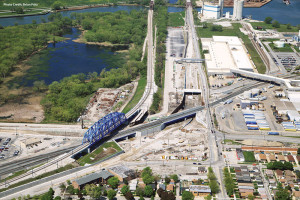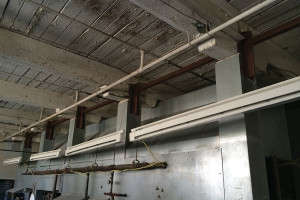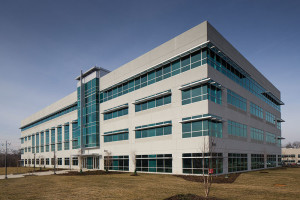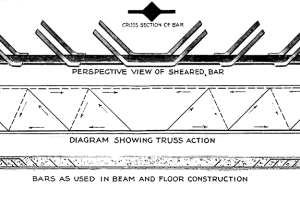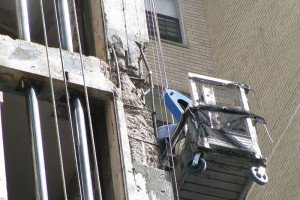An Accelerated Bridge Construction Feat
Alfred Benesch & Company was an Outstanding Award Winner for the 130th Street and Torrence Avenue Railroad Truss Bridge project in the 2013 NCSEA Annual Excellence in Structural Engineering awards program (Category – New Bridges & Transportation Structures). …

